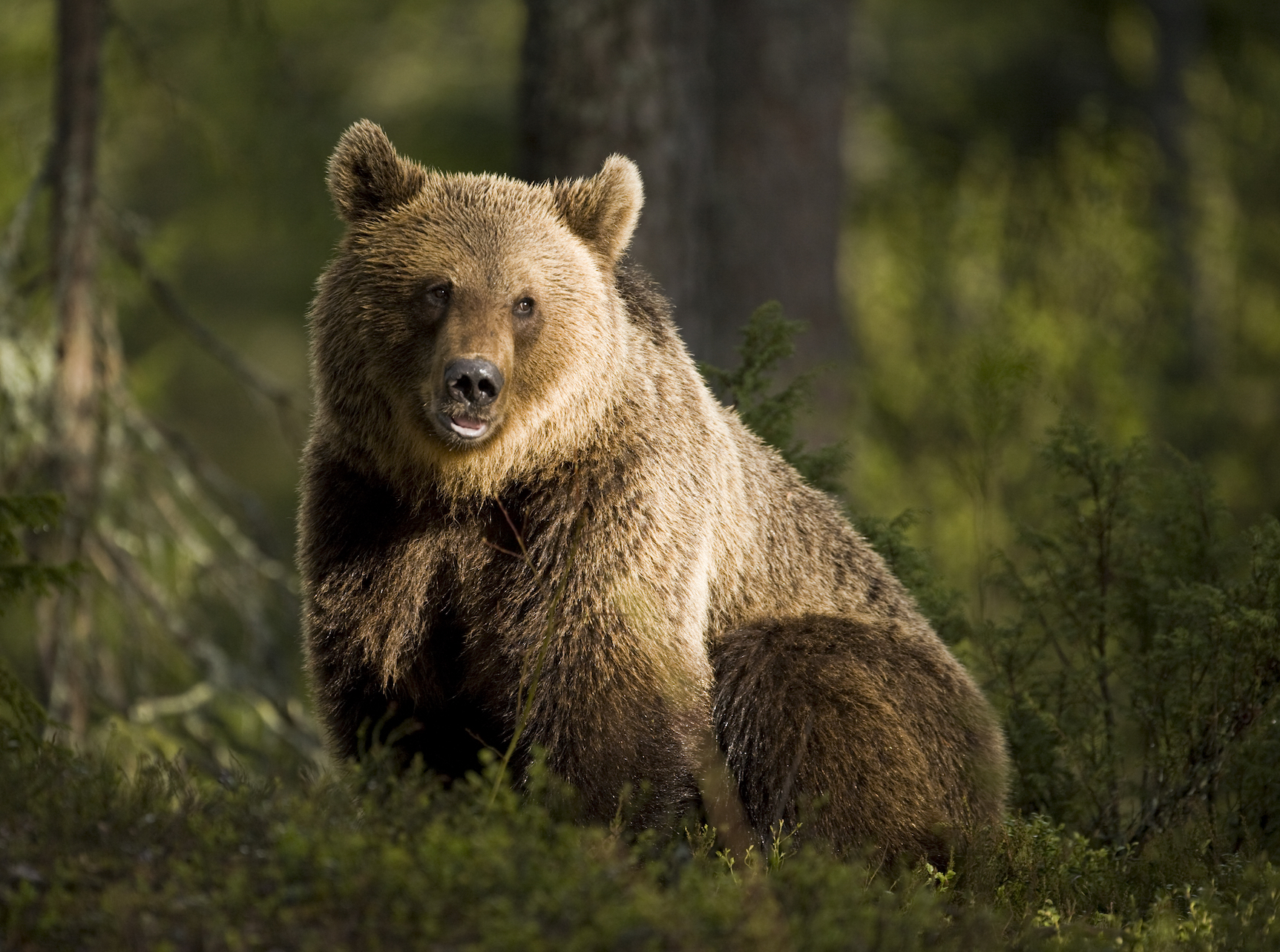
Why did brown bears go extinct in Britain?
A new study from the University of Nottingham has investigated what caused the extinction of brown bears in Britain. The analysis was also focused on determining when the bears went extinct and whether remains that have been found belong to native or imported bears.
“The brown bear was Britain’s largest carnivore, yet we know surprisingly little about its history, both as a wild animal and in its relation to humans,” said study author Dr. Hannah O’Regan.
“There has never been a comprehensive review of the evidence of brown bears in Britain, and I believe what we are looking at could show that they were sadly killed off earlier than we previously thought.”
Dr. O’Regan analyzed the remains of brown bears, the sites where they were found, and the dating evidence to establish the origin of the bears and also to estimate when they vanished.
The study revealed that the bears became extinct in the late Neolithic or Bronze Age or in the early medieval period.
“Most of the remains that have been discovered from the Iron Age and Anglo-Saxon (early medieval) periods relate to skins that were included in burials,” said Dr O’Regan.
“Whilst there were live animals present during the Roman, medieval and post-medieval periods (when they were used for entertainment), these were most certainly imported, rather than native animals.”
It is particularly difficult to track the origin and movement of brown bears because both the live animals and their fur were traded for many years across long distances.
The remains of bears found in Britain range from full skeletons to isolated toes or claws, and the recovery sites range from caves to human cremations.
“At present the question of when and why the brown bear became extinct is impossible to answer, as there is still much that we don’t know about its distribution,” said Dr O’Regan. “There are 57 sites across Britain where clear dates have been determined, but there are an additional 25 that are thought to be Holocene, but have no further information.”
“There is also a gap in radiocarbon dates of some 4,000 years from the Mesolithic to the Bronze Age. Some of this gap is filled with specimens from archaeological sites, but further research is needed to establish bear distribution in the past.”
“Whilst we can speculate on when the bear became extinct based on existing evidence, more research, particularly on the many undated specimens from caves and fens is needed before a clearer patterns of where brown bear distribution and extinction in Britain emerges.”
The study is published in the journal Mammal Review.
—
By Chrissy Sexton, Earth.com Staff Writer













